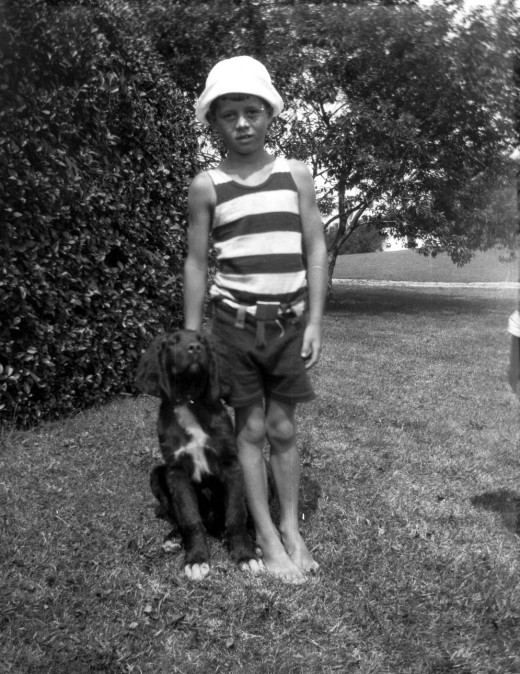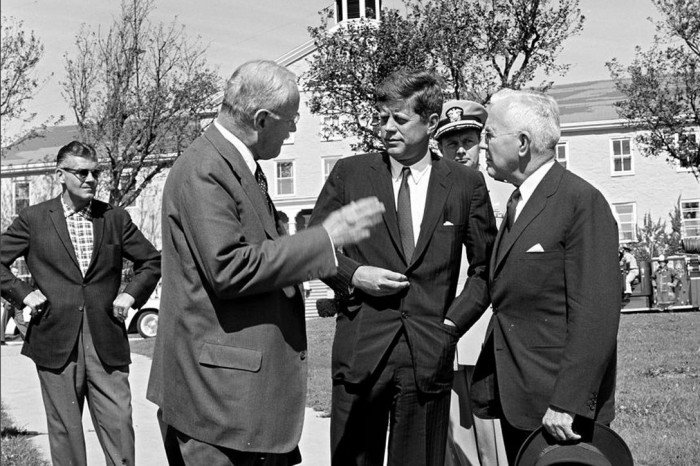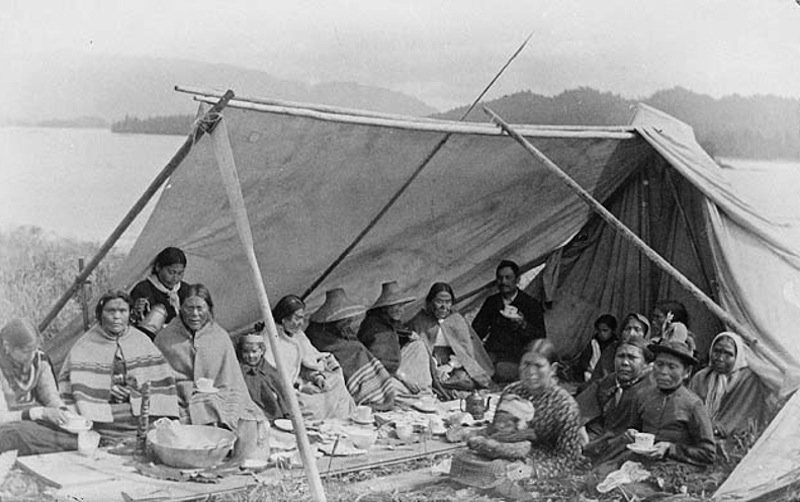
© KatehonUkraine
Ukraine has degenerated from a Russian/Soviet region into an American colony.
The territory currently called Ukraine has never been a state or a country, nor will it ever be. It was always a part of another, real country or, even more frequently, divided between other real states such as Poland, Austria, Hungary, Turkey, and most
importantly Russia. Of course, according to the Kiev Nazi junta the Trojan War was fought between "Ukrainian tribes", Alexander the Great was secretly "proto-Ukrainian" and the Byzantine Empire was a "Ukrainian colony," but for the rest of the world the fact remains that there is
not one single historical document or reference that refers to "Ukraine" as a state or an independent country. As much as "Ukrop" nationalists would like, they cannot change "old" history as they try to do with modern history, as they do, for example, in whitewashing the war criminal, Nazi collaborator, and mass-murderer Bandera. The Kiev Nazi junta tries to falsify even "old" history, but ancient and medieval authors and sources are too well known and too well documented to be falsified so easily.









Comment: For more information on this remarkable human being, read these articles written by Laura Knight-Jadczyk:
The JFK Series
November 22, 1963: The Day America Died
JFK: The Debris of History
The Gladiator: John Fitzgerald Kennedy
JFK: The Bushes and The Lost King
Sim City and John F. Kennedy
John F. Kennedy and All Those "isms"
John F. Kennedy, J. Edgar Hoover, Organized Crime and the Global Village
John F. Kennedy and the Psychopathology of Politics
John F. Kennedy and the Pigs of War
John F. Kennedy and the Titans
John F. Kennedy, Oil, and the War on Terror
John F. Kennedy, The Secret Service and Rich, Fascist Texans
John F. Kennedy and the Monolithic and Ruthless Conspiracy
Listen to:
SOTT Talk Radio: The JFK Assassination 50 Years Later
Watch:
Evidence of revision (the assassination of America)